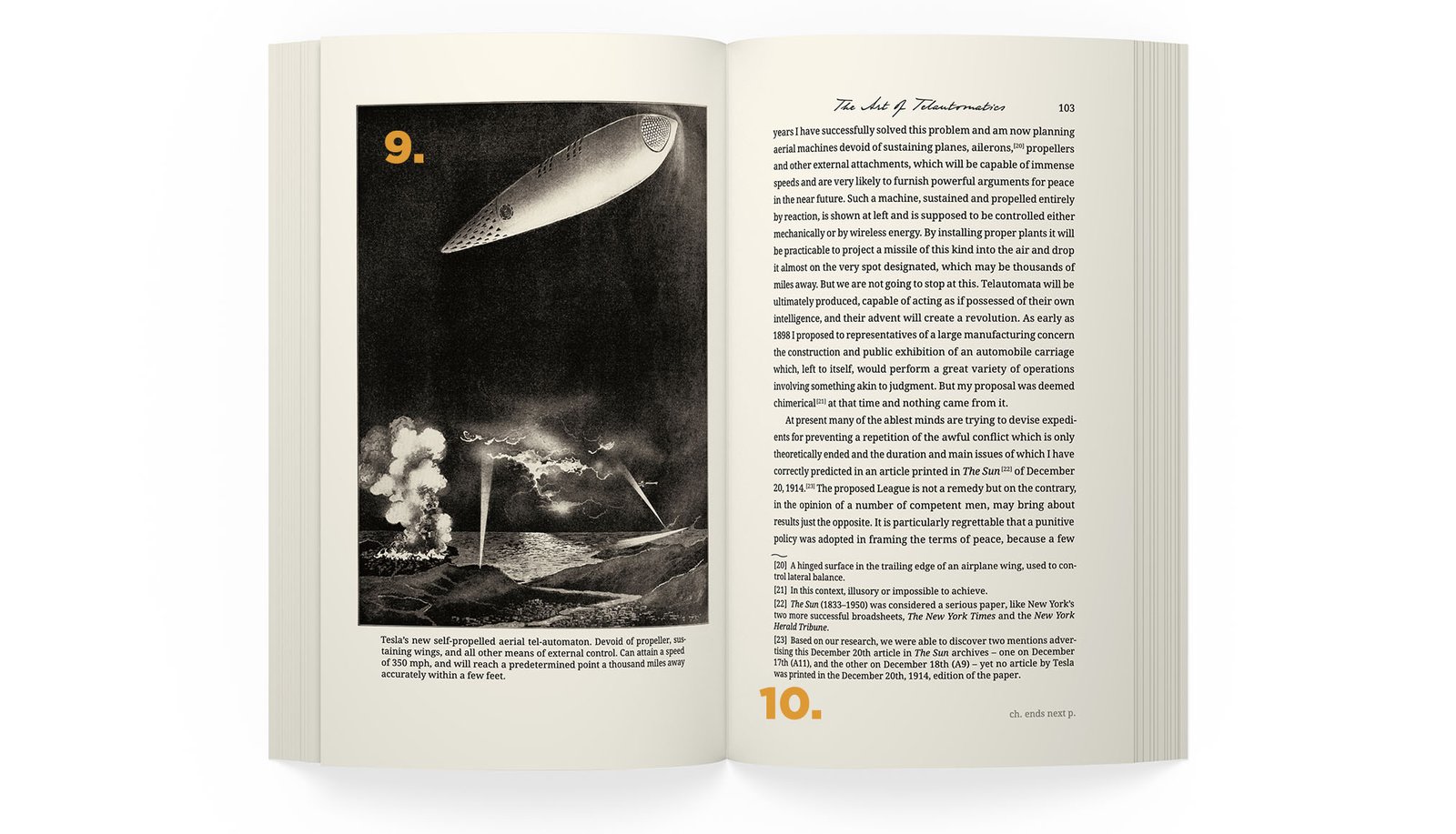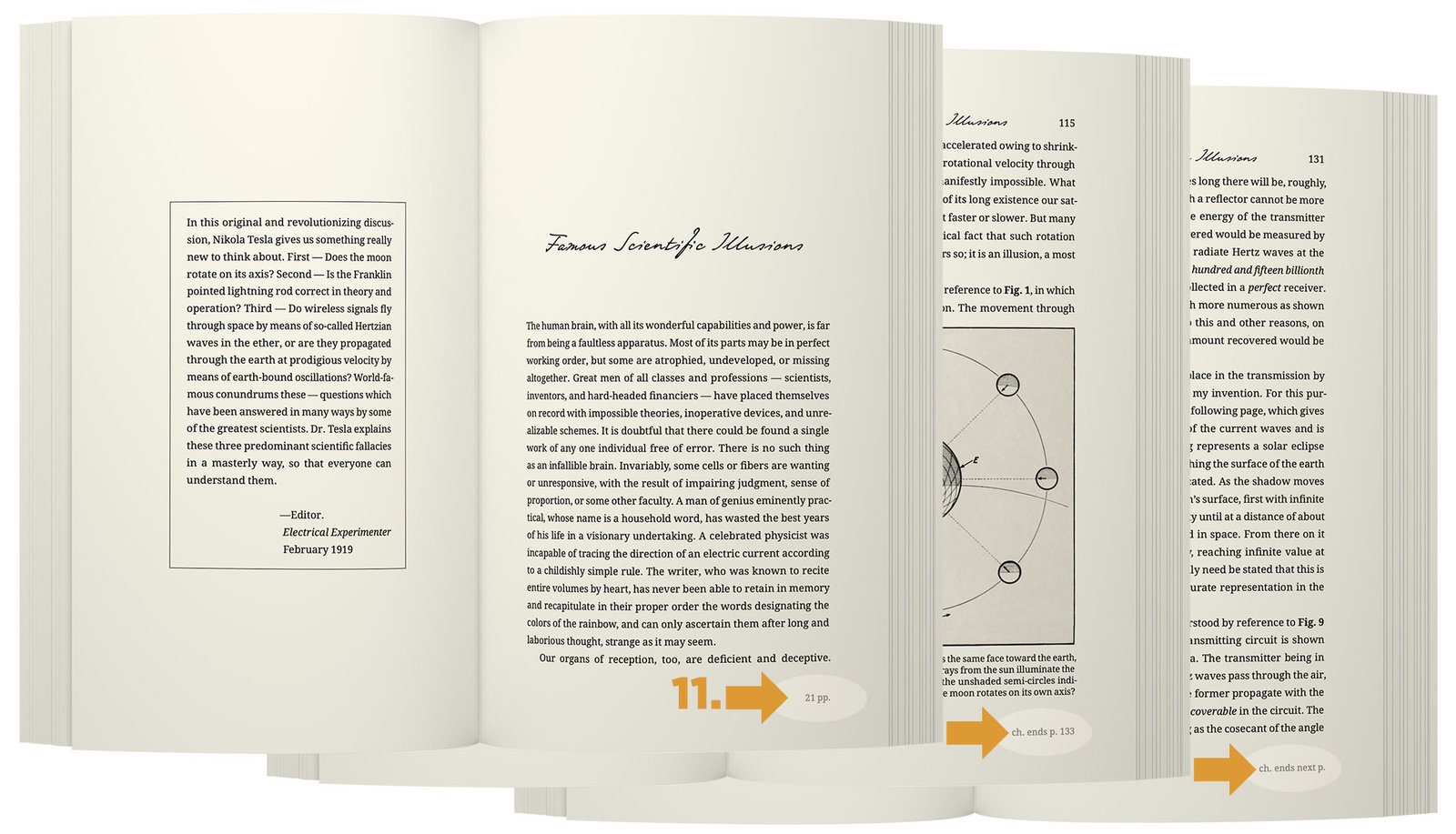No products in the cart.
What's all this, then?
- 7 Minute Read
What is a Heathen Edition and why should you care? Glad you asked! We’ve prepared this handy 11-step visual guide to walk you through what sets our books apart from other indie publishers, and what it is, exactly, that puts the Heathen in our Editions. If you haven’t read it already, Co-Heathen Sheridan elaborated on the origins of Heathen in his preface for Heathen Edition #1: The King in Yellow, which you can find here: Let Us Preface: or How We Began. This guide will repeat some of his points, but further expand on them with visual aids.

1. Size Standardization
We did not arrive at the “standard” size of a Heathen Edition easily. Many hours were spent juggling a correct size-to-page-to-price ratio to house our many Heathen elements. Ultimately, we settled on a length of 8.5 inches by a width of 5.5 inches with the only variable being height determined by page count.
2. Original Cover Art
No repeating patterns, tree-covered paths, or recycled paintings here! We absolutely judge a book by its cover; that’s why every Heathen Edition features custom, unique art tailored to the book itself, which means we actually read the book — sometimes three or four times before we start on the cover art.
3. Spine Numbers
Like to collect things? Us too! That’s why we’ve given our books spine numbers so you can collect them all. Additionally, it’s a way for us to (sometimes) reward those of you paying attention to which numbers we assign to which books — because of course 9009 was going to be Heathen Edition #99!
4. The Heathen Bar
We call it The Heathen Bar and it adorns the base of every Heathen Edition. You may ask (because people have), “Why isn’t your logo centered?” Our answer is the very definition of off-center: strange or eccentric. When you meet us in person, we promise you’ll understand. 🤪 👀

5. Book Excerpt
The upper back cover of each Heathen Edition features an excerpt from the book which is handpicked by us as the best representation of the book as a whole. This is subjective, of course, but we’ve found that there’s usually a paragraph or two above all others that sells exactly what the book is about.
6. Book Blurb
The lower back cover of each Heathen Edition features a blurb that is one part author(s) bio, one part story synopsis, and sometimes one part literary and/or cultural significance. We spend days whittling these blurbs down so that they read as precise and succinct as the book excerpts above them.
7. Fonts Matter!
We labor over which fonts are the exactly right fonts for each Heathen Edition because font selection truly matters. Our resident designer Co-Heathen Sheridan explains, “Each text conjures a feeling and that feeling demands certain font pairings, sizes, weights, and styles. They’re right when they feel right.”
8. Comfy Margins
Book margins should be roomy and comfy, like your favorite hoodie. They should be neither too wide or too narrow, nor too tall or too short, but exactly like Goldilocks’ porridge of choice — juuust right — to accommodate your fingers without obscuring text, and provide ample space for your written notes or commentary.

9. Image Restoration
If the book or source material originally featured images, illustrations, or photos, then we almost always include those, but only after we have diligently and painstakingly restored them to our standards, which means the quality must meet or exceed the as-printed originals. This process can involve cross-referencing multiple editions, and understanding the original source mediums in order to better gauge restoration needs and parameters. The above image is featured in My Inventions & Other Essays and is but one of 84 images (now over a century old!) that we restored for that particular Heathen Edition.
10. Footnotes
Footnotes are an absolute must for us and we judge any publisher that does not abide. And we must emphatically state that endnotes do not qualify! Who on earth wants to flip back and forth while they’re reading? We’ve quit books after losing our place (and patience) attempting that. Who’s with us?! With our footnotes we always:
- translate foreign words or phrases into English;
- define uncommon, archaic, or literary words and scientific terms;
- and provide short bios/details for notable people and places.
Beyond that, it depends on the text. Our goal is to enhance your reading experience so that you don’t have to leave the book.

11. —— and introducing Rectometer Technology
Lastly but not leastly, we present our “gift” to book lovers everywhere — Rectometer Technology™1Not actually trademarked. 😂 — as seen highlighted above.
In his preface for The King in Yellow, Co-Heathen Sheridan introduces us:
“. . . while I mostly despise eBooks, one thing I actually do like about them is always knowing how many pages are left in a chapter because who likes to math, really? So, we’re trying this ‘new’ thing with our books that denotes in the bottom margin of the rectos on which page the current chapter ends. Yes, math still required, but minimal. It’s something that I’ve never seen in a printed book before, so I fully expect armed resistance. However, a wise author somewhere once said (paraphrased), ‘You should only ever write a book for just one person,’ and I think that sentiment holds true for most creative endeavors. So, while I didn’t write this book, I did design it for an audience of one: me. And I absolutely hate fumbling through the pages of a book to figure out where a chapter ends, exactly, in order to calculate if I can finish reading it before I have to go do that thing or sleep or wipe. It’s something that I’ve longed for in printed books — and once I took a stab at it, I realized why it’s never been done: figuring out how to present the information in such a way that it’s always there but never in the way has most certainly been an interesting challenge. Perhaps I succeeded? I have no idea what to call this ‘invention.’ ‘You did what?’ seems a bit confrontational. I like ‘rectometer,’ though, because it forces a grin to tug at my cheeks.”
What’s a recto? In book anatomy, left-hand pages are called versos and right-hand pages are called rectos. We always remember which is which because recto and right both start with R. #protip And since we speak English and read left to right, it made sense to us that this “invention” should reside on the rectos.
How does it work? Well, since we first launched in 2017, the rectometer has evolved a little. On a chapter’s first page we now denote how many pages are in the chapter so you can quickly gauge whether you want to commit or not. This is a recent evolution (as of October 2022) to the rectometer and will be standard in all Heathen Editions going forward, and all previous Heathen Editions are now being retrofitted with this addition. And while we generally aim to begin chapters on rectos, some Heathen Editions over 300 pages may receive a versometer chapter start. Once you’ve started a chapter, every recto in the chapter will state on which page the chapter ends so you’ll always know how many pages you have left. Again, this has evolved a little. In the beginning, we used capital letters and entire words, but we have since pared it back to simple, lowercase abbreviations (as seen above) because we’ve found that less is more. Finally, on the next to last page, we signal that the chapter is ending. Then, it starts all over again with the next chapter. Pretty neat, eh? Since becoming accustomed to this with our books, we find ourselves now looking for it in every book we read — only to be sorely disappointed! Sigh.
* Honorable Mention *
Heathen Genera! When it came time to start classifying our books, we were bored by the standard age-old genre classifications, which is why we’ve created our own. The House on the Borderland isn’t horror, it’s Creepy AF. Anthem isn’t just dystopian sci-fi, it’s a lesson in Rebellion 101. Mrs. Dalloway isn’t just a modern masterpiece, it’s deliciously existential — or Existentialicious! The Nine Unknown‘s equal parts of action & adventure and Theosophy makes it a Theosoventure (and, my, how we hope there are many more of those!). If this doesn’t make any sense to you, please refer back to Step 4, Sentence 3 above. 
If you haven’t already, then nab one of our books and give it a whirl. We’re biased, but we think you’ll love them because we’re book lovers designing books for book lovers! Holler at us and let us know what you think. And click that Subscribe button below to get notified about our new releases and other tomfoolery.
The Heathen Newsletter
Want to be kept in the loop about new Heathen Editions, receive discounts and random cat photos, and unwillingly partake in other tomfoolery? Subscribe to our newsletter! We promise we won’t harass you – much. Also, we require your first name so that we can personalize your emails. ❤️
@heatheneditions #heathenedition
Copyright © 2025 Heathen Creative, LLC. All rights reserved.


